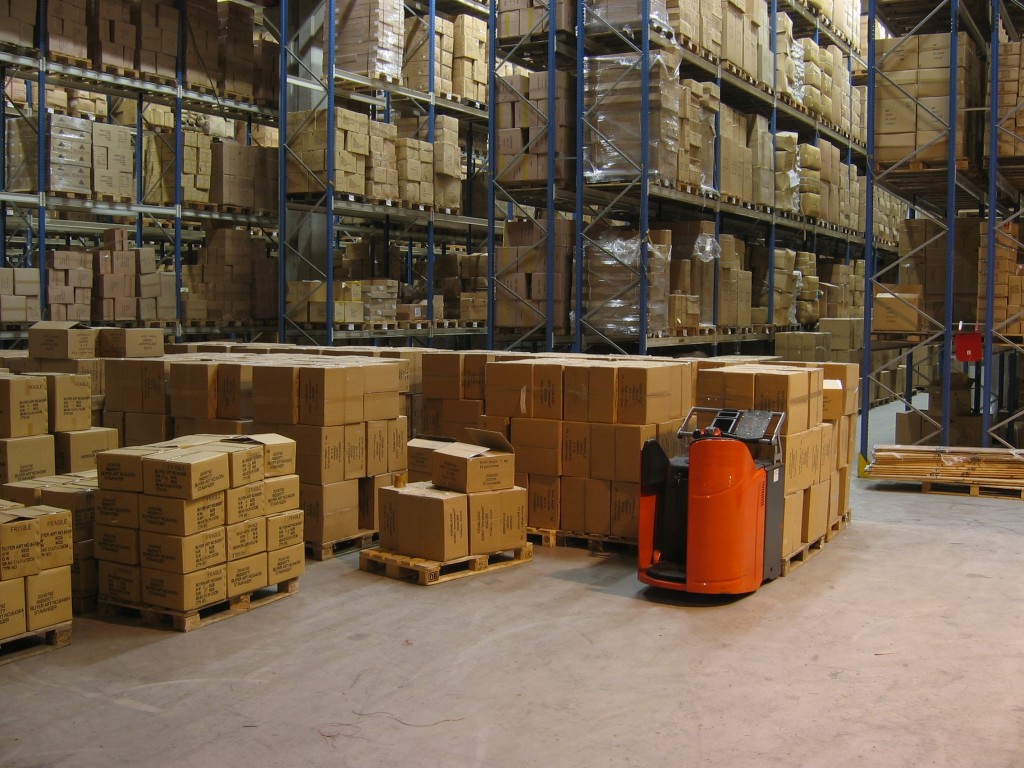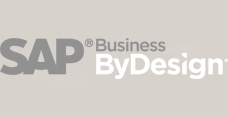This is a continuation of a previous blog (available here). We hope that these two blogs help you run your warehouse and inventory better.
- Lost orders? Count them. The finance director wants you to hold less stock – after all excess stock ties up cash flow. The sales team wants you to have as much stock as possible to make sure that they always have stock available for that next customer sale. Managing a warehouse and the associated inventory can be a juggling act between these two opposing forces. One often overlooked benchmark is a simple one – how many orders are we loosing because we do not have the stock to complete a customer order? Keep track of these number so that you can start to evaluate the impact of lower inventory levels on lost orders. Now compare the savings from lower inventory holding with the lost revenue / lost sales number to see whether you are making the right decisions with regards to inventory levels.
- Give me my usual order? Most companies get this phonecall at least once a day from an existing customer. Can I have ten more of what I ordered last week? Can I please have my usual order? A good ERP solution will give you access to this information when you are on the phone to the customer – quick, easy access to real time information for decision making.
- Quality assurance or quality control is important for many wholesale and distribution businesses. Particularly in industries like food and medical. Make sure your ERP solution offers you quality assurance options for the efficient transfer and checking of stock from receipting to QA to available for sale.
- Inventory transfers. If you run a multi-warehouse solution across multiple states in Australia you will undoubtedly understand the importance of inter-warehouse transfers. Not only should a good ERP solution accommodate inter-warehouse transfers but think of the other implications of a good multi-warehouse solution:
- Managing stock whilst in transfer.
- Understanding the cost of a stock transfer. If you move stock from Brisbane to Perth there is a cost involved in the stock transfer. Make sure you know the true cost of moving stock across Australia.
- Implications for demand planning. A multi warehouse solution will need to take into account multi-warehouse scenarios when calculating purchase planning. Should demand be created from one warehouse or multiple warehouses? Should demand in one warehouse be compensated for by availability from another, potentially overstocked warehouse?
- What stock is available in which warehouses?
- KPI’s, dashboards, analytics and other related reporting tools are critical for good inventory and warehouse management. Some of these reports can be as simple as a KPI which shows inventory levels, open purchase orders and stock movements. A good ERP solution for inventory management will include these dashboards and multiple others in a user portal or cockpit. Think of the options:
- On Time in Full reporting – for suppliers and customers;
- Open purchase order KPI;
- Goods returned KPI;
- Inventory ageing report;
- Fast moving inventory report;
- Slow moving inventory report;
- Expiring stock KPI;
- And more……reporting to help you run your inventory more efficiently whilst maintaining the highest levels of customer satisfaction.
- Create an environment where information is shared amongst team members. Most warehouse and logistics managers will debate stock levels, forecasts and delivery with other teams in the business. The finance manager wants us to free up cash flow by holding less stock. The sales team wants us to hold more stock so that we can deliver on time to our customers. When trying to balance these demands the sharing of information among team members becomes increasingly important. A good ERP solution will give the warehouse manager, finance manager and sales teams easy access to forecasts, planning and reporting tools to make the right decisions – collectively.
Managing a warehouse, logistics and purchasing requires a lot of moving parts to be managed. Give your team the help they need with a good ERP solution.







